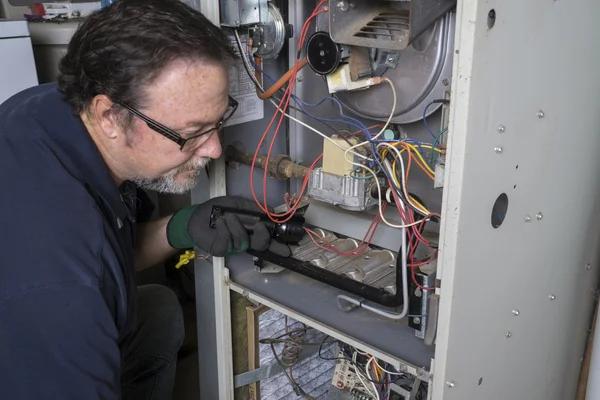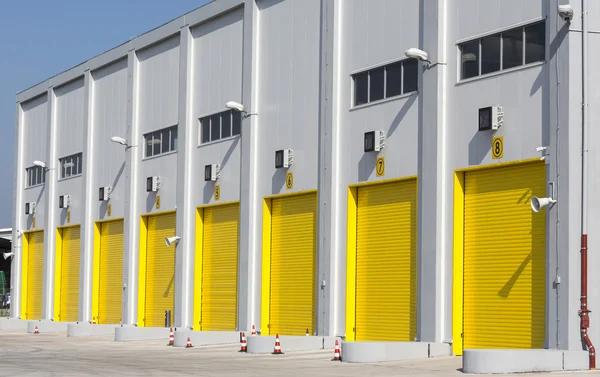When it comes to home improvement projects, one of the major considerations is the environmental impact. This is particularly true when choosing a fence for your property. The type of fencing material you choose can have a significant effect on the environment in terms of its production, installation, and disposal. Therefore, it’s important to understand how different fencing choices affect the environment and make an informed decision.
Wooden fences are a popular choice due to their natural look and affordability but they do come with some environmental concerns. Wood requires cutting down trees which leads to deforestation and habitat loss. Additionally, many wooden fences are treated with chemicals to prevent rotting and insect infestation which can leach into read the in-depth analysis soil over time causing pollution.
Vinyl or PVC fences are another common option because they require little maintenance and have a long lifespan. However, their production involves releasing harmful toxins into the atmosphere including dioxin, which is one of the most toxic compounds known to science. Plus, vinyl isn’t biodegradable or easily recyclable making its disposal problematic.
Metal fences like those made from aluminum or steel also have pros and cons regarding their environmental impact. On one hand, metal fences are durable and often contain recycled materials reducing demand for new resources. On the other hand, mining for these metals can result in significant ecological damage.
So what’s an eco-conscious homeowner to do? Luckily there are several green fencing options available that minimize harm to our planet while still providing privacy and security.
Bamboo fencing is an excellent environmentally friendly choice as bamboo grows quickly making it highly renewable resource unlike traditional wood sources that take decades to mature. Furthermore, no chemicals are needed during its processing since bamboo naturally resists pests.
Another great option is composite fencing made from recycled plastics mixed with wood fibers providing durability comparable to vinyl without all of its downsides since composite materials can be recycled at end-of-life instead of ending up in landfills.
Additionally consider using reclaimed or recycled wood for your fence. This not only prevents the need for new trees to be cut down, but also keeps old wood out of landfills.
When it comes to installation, choose fencing contractors who prioritize eco-friendly practices such as minimizing waste and recycling leftover materials.
Lastly, maintaining your fence properly can extend its lifespan reducing the need for replacement and thus reducing environmental impact. Use eco-friendly sealants and stains on wooden fences and repair minor damages immediately to prevent larger issues that could require a complete replacement.
In conclusion, understanding how different fencing choices affect the environment empowers homeowners to make greener decisions. By opting for sustainable materials and responsible installation methods, you can ensure your fence serves its purpose without causing undue harm to our planet.




